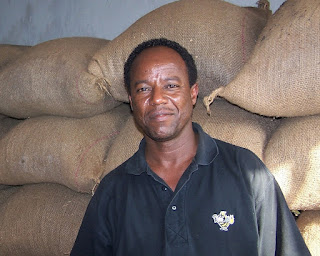The sun rose this morning as far south along the horizon as
it will appear anytime through the year. We call this day the winter solstice. This
is also the year’s shortest day. Starting tomorrow, the sun will appear to rise
slightly farther to the north daily until the summer solstice, June 21, when
the sun rises in its northern-most position. These apparent movements of the
sun along the horizon have been observed since ancient times. They allowed
early peoples to develop calendars, vitally necessary for telling farmers when
to plant precious seeds needed to feed increasing populations. The life cycles
of many species are tied to the seasonal changes associated with the length of
days. Among those species is the honey bee. For the honey bee, the winter
solstice is the beginning of the new year. Queen bees start laying eggs on the
winter solstice.
Here, in the temperate zone, the blooming of most flowering
plants follows the length of days as well, blooming spring, summer, and fall. Few
flowers are found in the winter, and the life cycle of the honey bee follows
the availability of flowers. The bees gather nectar from flowers, convert it
into honey, and survive on it through the winter. The honey bee is unique,
being the only insect in the temperate zone that stays alive and active
throughout the winter. Honey bees eat the high-energy honey that they produce
and generate heat by vibrating their flight muscles. They are thus able to
survive in cold weather, clustered tightly together to retain warmth. Other
insects, like lady bug beetles, hibernate in cold weather, protected under tree
bark or leaves. Wasps, hornets, and yellowjackets die off annually, leaving a
mated queen to start the next year’s colony. I communicated today with my
friend, EAS Certified Master Beekeeper Wubishet Adugna, in Ethiopia, shown here
with coffee that he exports. Wubishet’s tropical honey bees follow seasonal
changes based upon annual rainfall patterns instead of the length of days.
--Richard





No comments:
Post a Comment